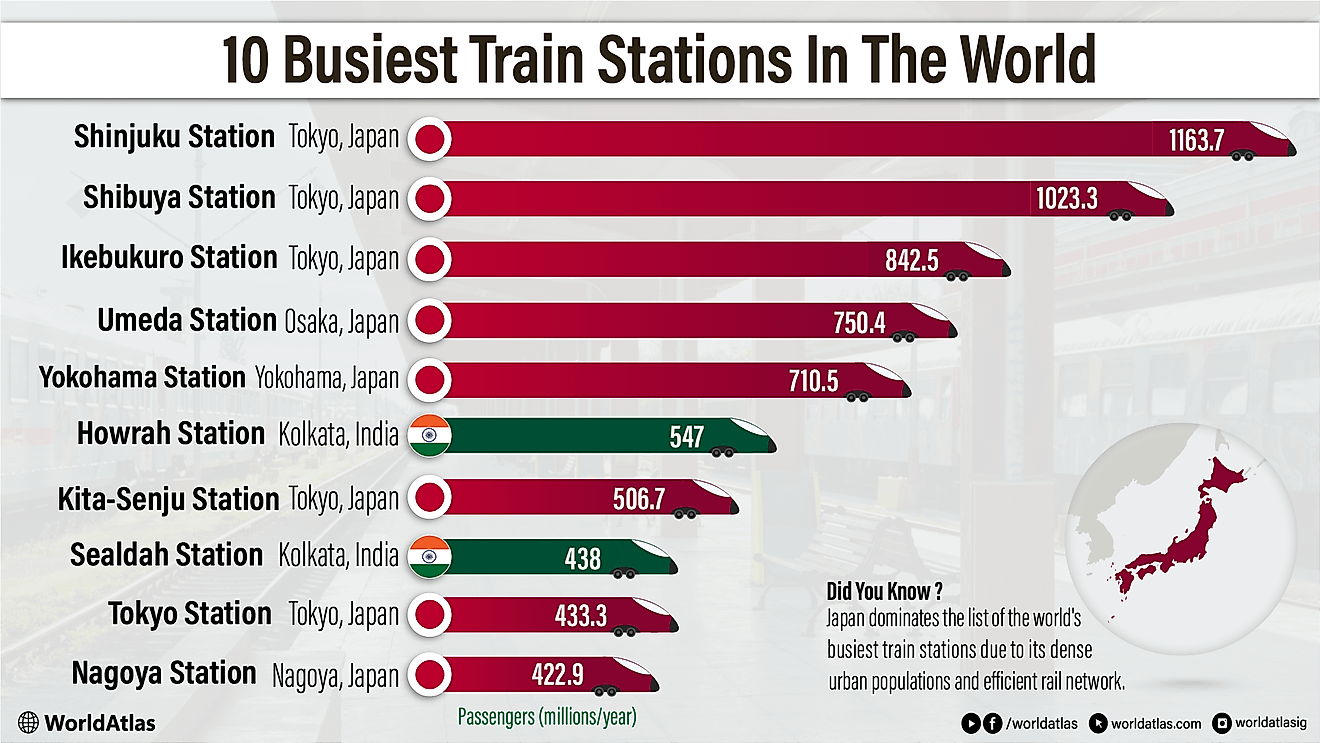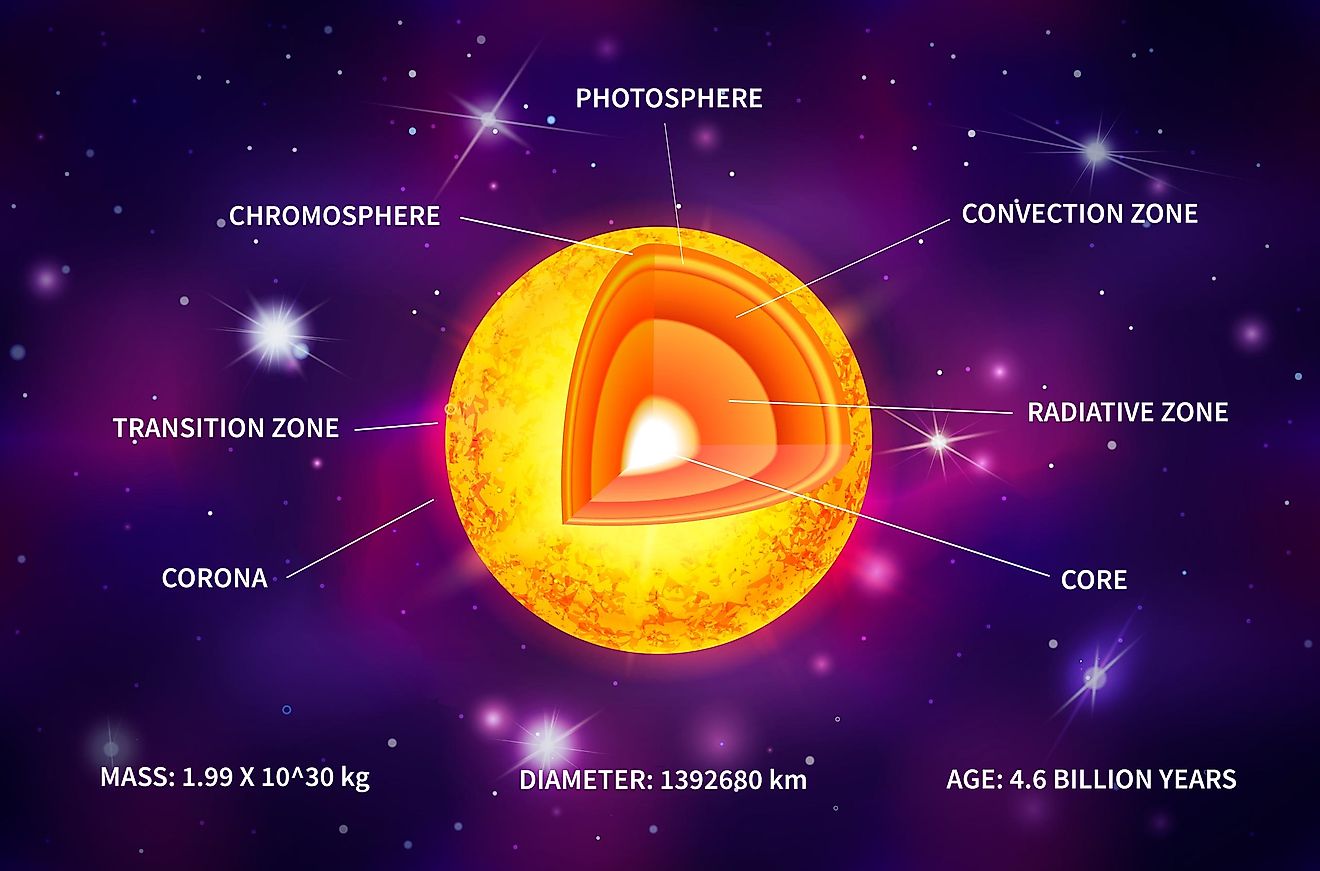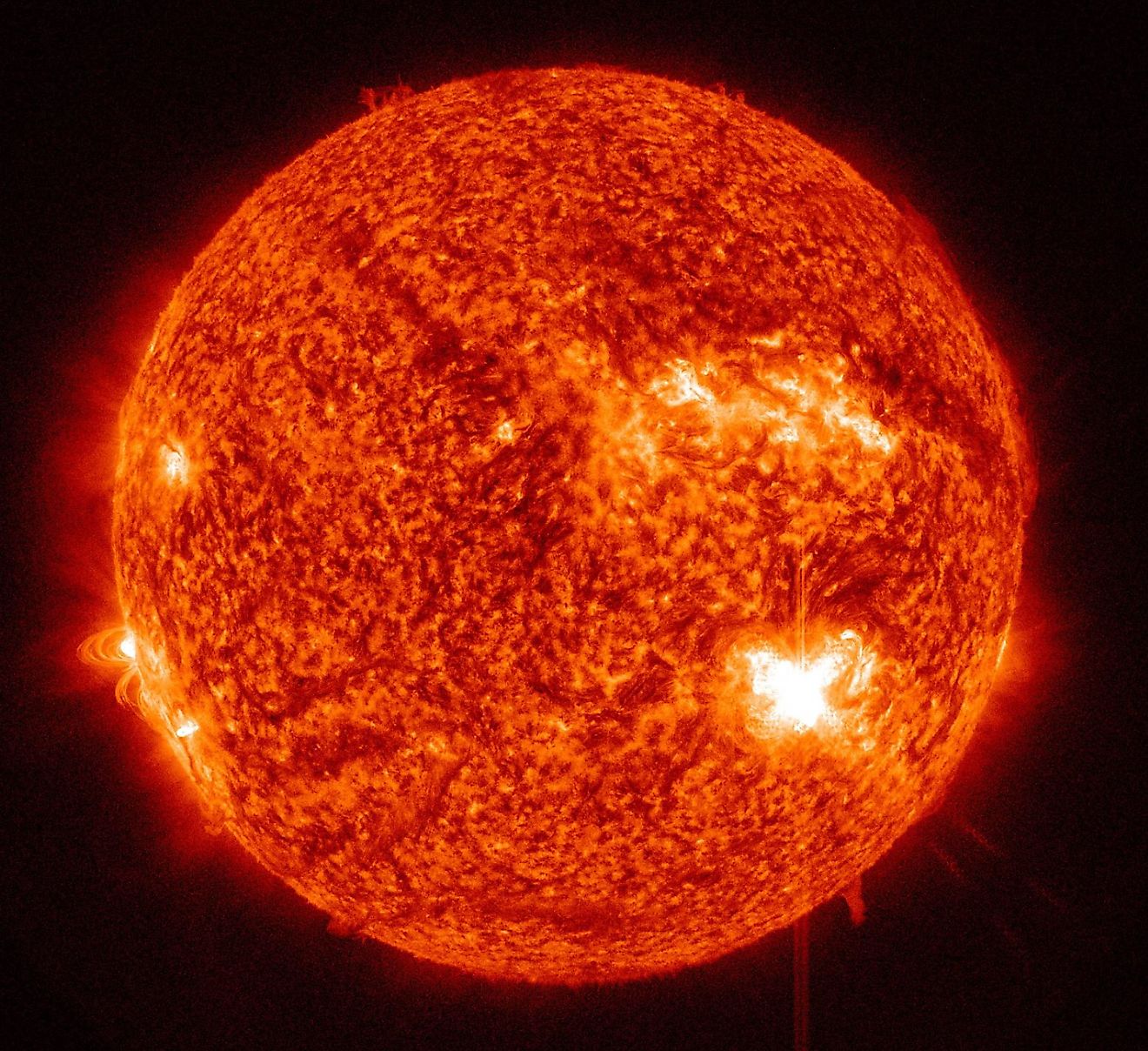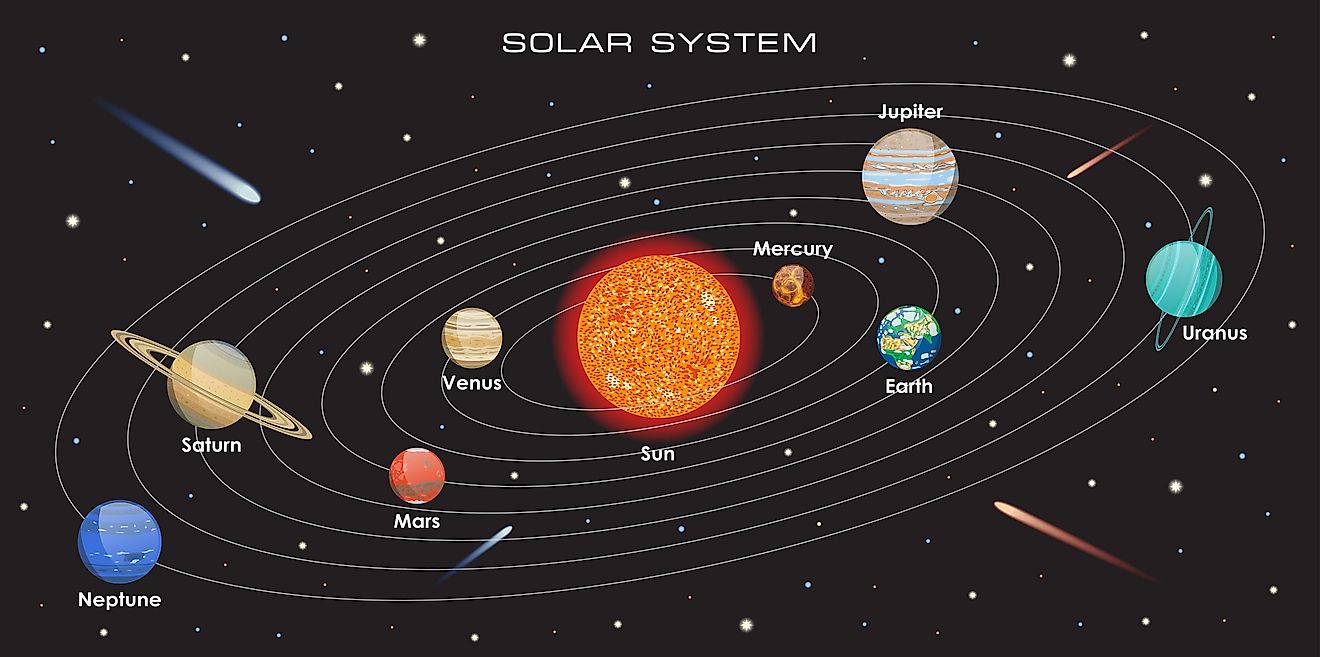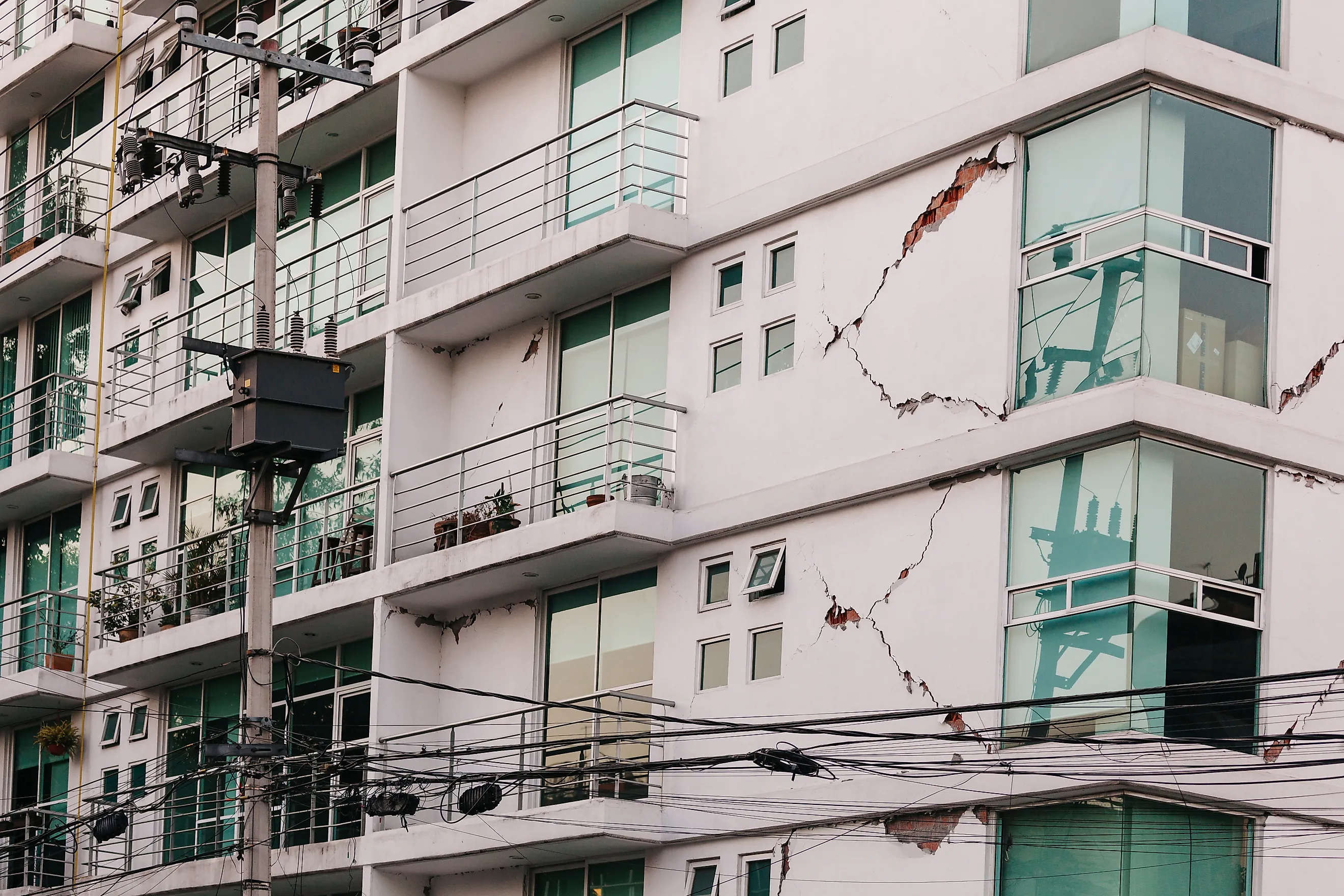
The World's 10 Most Earthquake Prone Countries
Did you know that certain countries are more susceptible to earthquakes than others? In fact, the most earthquake-prone countries cause the majority of global earthquake damage! If you're planning to travel to or live in one of these areas, it's crucial to be prepared for the next major quake. Here is a list of the ten countries most at risk for earthquakes worldwide.
Why Do Earthquakes Happen and What Can You Do to Prepare
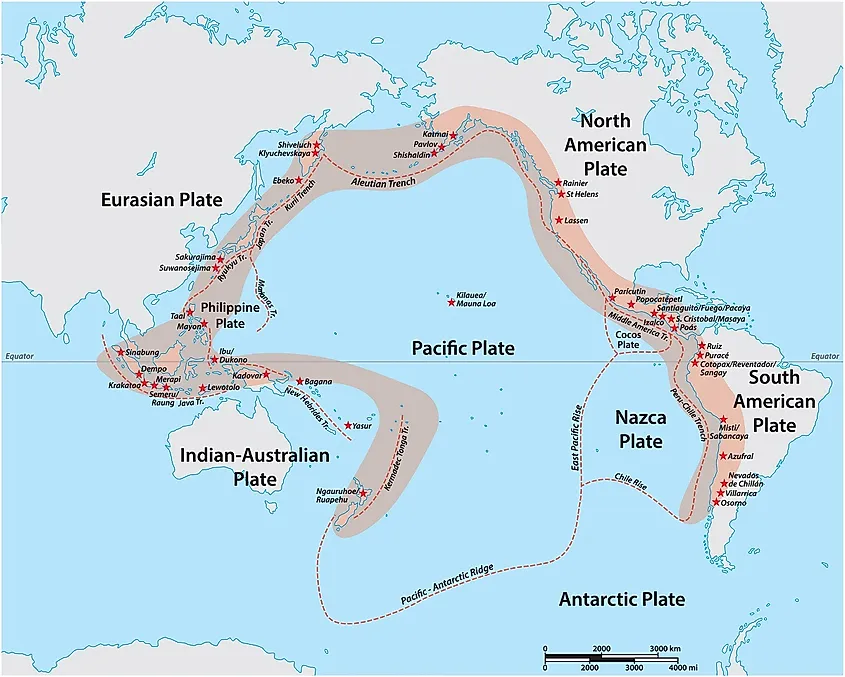
Earthquakes are among the earth's most powerful and destructive phenomena. They can inflict severe damage on populated areas and can also trigger tsunamis and landslides. Several factors contribute to earthquakes, such as plate tectonics, magma movement in volcanoes, fluctuations in temperature or water pressure, and strong winds. Although preventing earthquakes is not possible, there are measures you can take to increase your safety when they occur.
Remember that living in an earthquake-prone area doesn’t mean earthquakes happen daily. Be prepared with an emergency kit at home and ensure your family knows the disaster plans in case evacuation is necessary. It’s also crucial to learn the warning signs of an earthquake, like feeling shaking or hearing rumbling sounds.
Being aware of your surroundings and taking safety measures during an earthquake can reduce damage and disruption caused by these powerful natural events. If you reside in one of the most earthquake-prone countries, proactive preparation and staying informed can help protect you and your loved ones.
Japan
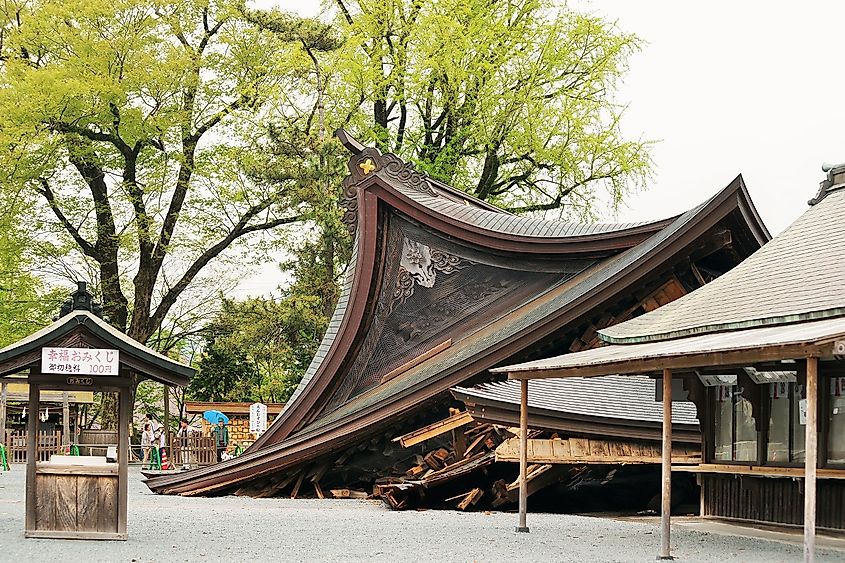
Japan, situated in the Pacific Ring of Fire—a seismically active zone surrounding the Pacific Ocean—is particularly vulnerable to tectonic activity and earthquakes. To address this, it has developed advanced technology capable of detecting even the tiniest quakes. With over 1,000 seismometers strategically placed across the island, researchers find that most earthquakes are minor and go unnoticed by residents, although occasionally a larger quake occurs, which can lead to damage or loss of life.
Japan also operates a nationwide alert system to inform residents of upcoming earthquakes, ensuring they are prepared. However, residents should still equip themselves with emergency supplies, develop a disaster plan, and identify escape routes to effectively respond to earthquakes and other natural disasters.
Indonesia

Indonesia experiences earthquakes that are larger than 6.0 magnitude nearly every year, making it one of the most earthquake-prone countries in the world. In 2018, nine earthquakes larger than 6.0 shook the country, resulting in thousands of lost lives. Due to its location on the Pacific Ring of Fire, Indonesia is also vulnerable to volcanic activity, droughts, floods, and tsunamis.
China
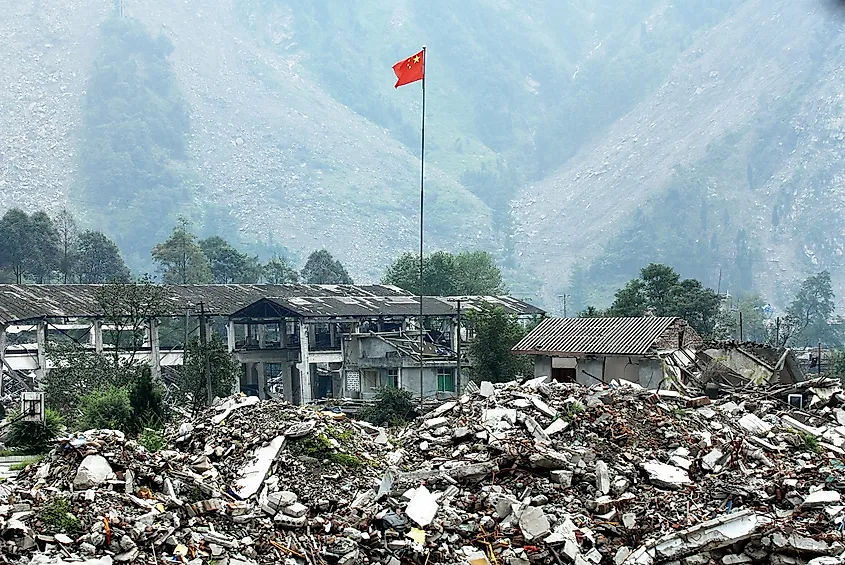
China has a long history of devastating earthquakes that have claimed thousands of lives. In 2008, a 7.9 magnitude earthquake struck Sichuan Province and left over 87,000 people dead or missing. It was the 18th deadliest earthquake of all time.
China is highly susceptible to earthquakes for several reasons. It is located on multiple active tectonic plates that continuously move and grind against each other, creating stress in the Earth's crust. Moreover, China features numerous mountainous areas that are prone to landslides and geological events, which can also cause earthquakes in neighboring regions.
Philippines

The Philippines, situated along the Pacific Ring of Fire, ranks as one of the most earthquake-prone nations globally. Its mountainous terrain increases the risk of deadly landslides during seismic events. Additionally, typhoons and tropical storms frequently impact the region. Due to these persistent and severe natural hazards, many residents adopt safety measures, such as constructing sturdy buildings, to protect themselves.
Iran
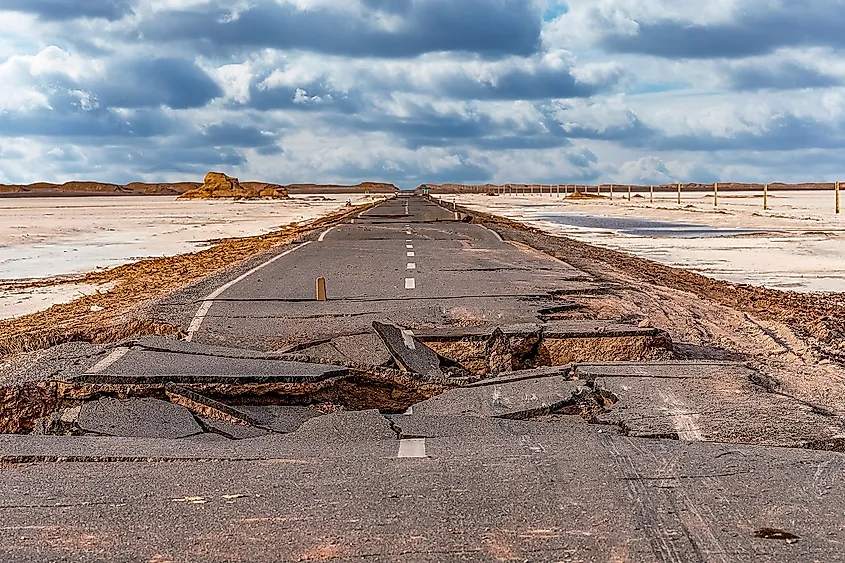
Iran is one of the most earthquake-prone countries in the world, with a history of devastating earthquakes that have killed thousands of people over the years. Due to its location along several plate boundaries and fault lines, Iran experiences a high frequency of seismic activity, resulting in rough terrain and unstable buildings.
One of the worst quakes to hit Iran was in the Gilan province. This quake in 1990 claimed over 40,000 lives. Despite this terrible tragedy, Iranians continue to live in this beautiful country because they know how to prepare for natural disasters like earthquakes.
Turkey

Located on the Anatolian peninsula between the Balkans and Eastern Europe, Turkey is frequently hit by seismic activity due to its location near several major fault lines. Sandwiched between the Eurasian Plate and the African and Arabian Plates, a good portion of the country experiences some level of tremors each year. Undeterred by this risk, many people still choose to live in Turkey, drawn by its rich culture and beautiful natural scenery.
Peru
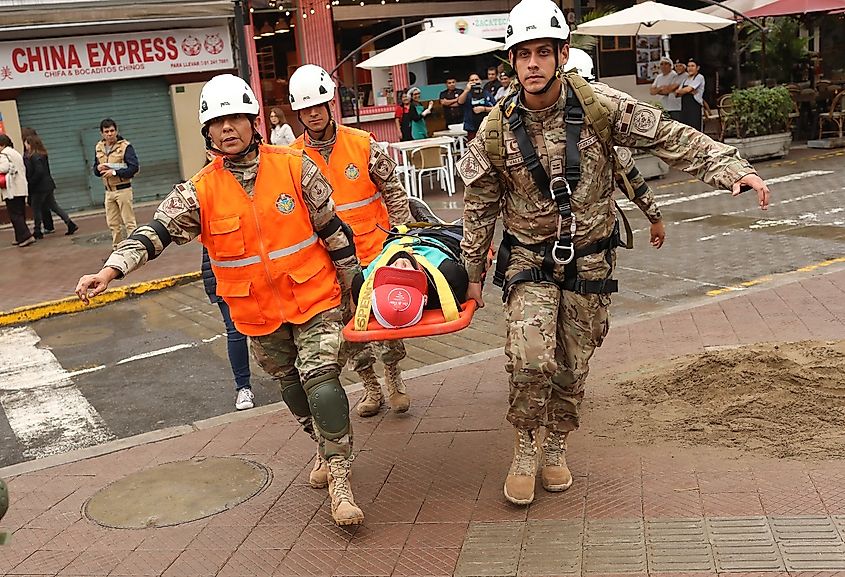
Peru, located in the heart of the Ring of Fire, frequently experiences minor tremors as well as moderate and major earthquakes. These seismic events can lead to considerable damage to buildings and infrastructure, endangering lives. To address these risks, Peru conducts nationwide earthquake drills to help prevent loss of life.
USA
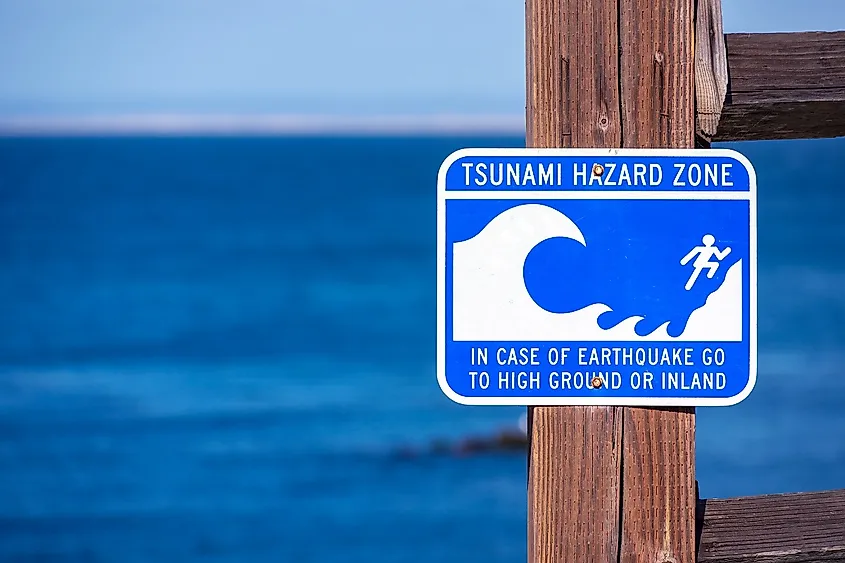
At first glance, the US may seem like an unlikely candidate for being one of the world's most earthquake-prone countries. After all, it is not located in a traditionally earthquake-prone region. However, what makes the US so vulnerable to earthquakes is its unique geological landscape.
One of the main factors contributing to the US's high risk of earthquakes is its position along several major fault lines, including the San Andreas Fault and New Madrid Fault. These highly active fault lines run through much of the western part of the country, putting millions of people at risk.
Another key factor contributing to the US's high risk of earthquakes is its high population. With a total population of over 300 million people, the US has one of the highest populations in the world. This means that even relatively small earthquakes can cause significant damage and loss of life, due to the large number of people affected by them.
Italy
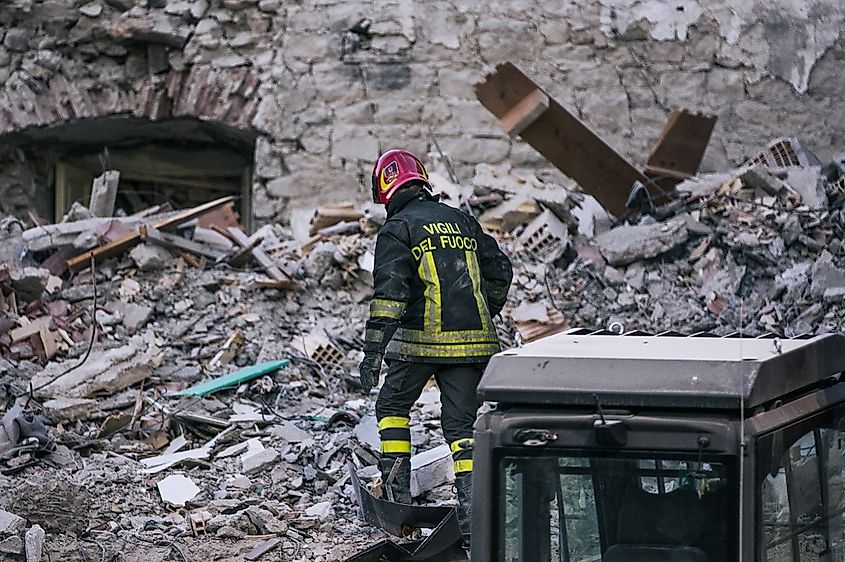
With a landscape that consists of rugged mountain ranges, inactive volcanoes, and coastal plains, Italy is prone to seismic activity due to its location on multiple fault lines. Namely, the Eurasian Plate, surrounded by the Aegean Sea Plate, the Adriatic Plate, and the Anatolian Plate.
Italy has experienced some of the most destructive earthquakes, including the 1908 Messina earthquake that killed over 75,000 people and the 1980 Irpinia earthquake with more than 2,400 fatalities. Despite these calamities, Italians still reside and work in regions susceptible to future seismic activity.
Mexico

Like many countries located along the Pacific Ring of Fire, Mexico is vulnerable to regular seismic activity. Thankfully, the country has strict building codes and emergency procedures in place to minimize damage during an earthquake or other natural disaster. But it is still important for residents to help their communities stay prepared by participating in drills, keeping emergency supplies on hand, and knowing what to do if an earthquake strikes.
In Summary
As you can see, no matter where you live in the world, there is always the chance of experiencing an earthquake or other natural disaster. It is important to stay aware of any seismic activity in your area and know what to do if this risk becomes a reality. By taking steps like participating in drills and emergency preparedness programs, keeping emergency supplies on hand, and knowing how to protect yourself during an earthquake or other natural disaster, you can help keep yourself and your family safe from harm.
Do you have any tips or tricks for surviving an earthquake? Leave a comment below!
